Q&A with Lotus's Nick Chester: We've learnt our lessons
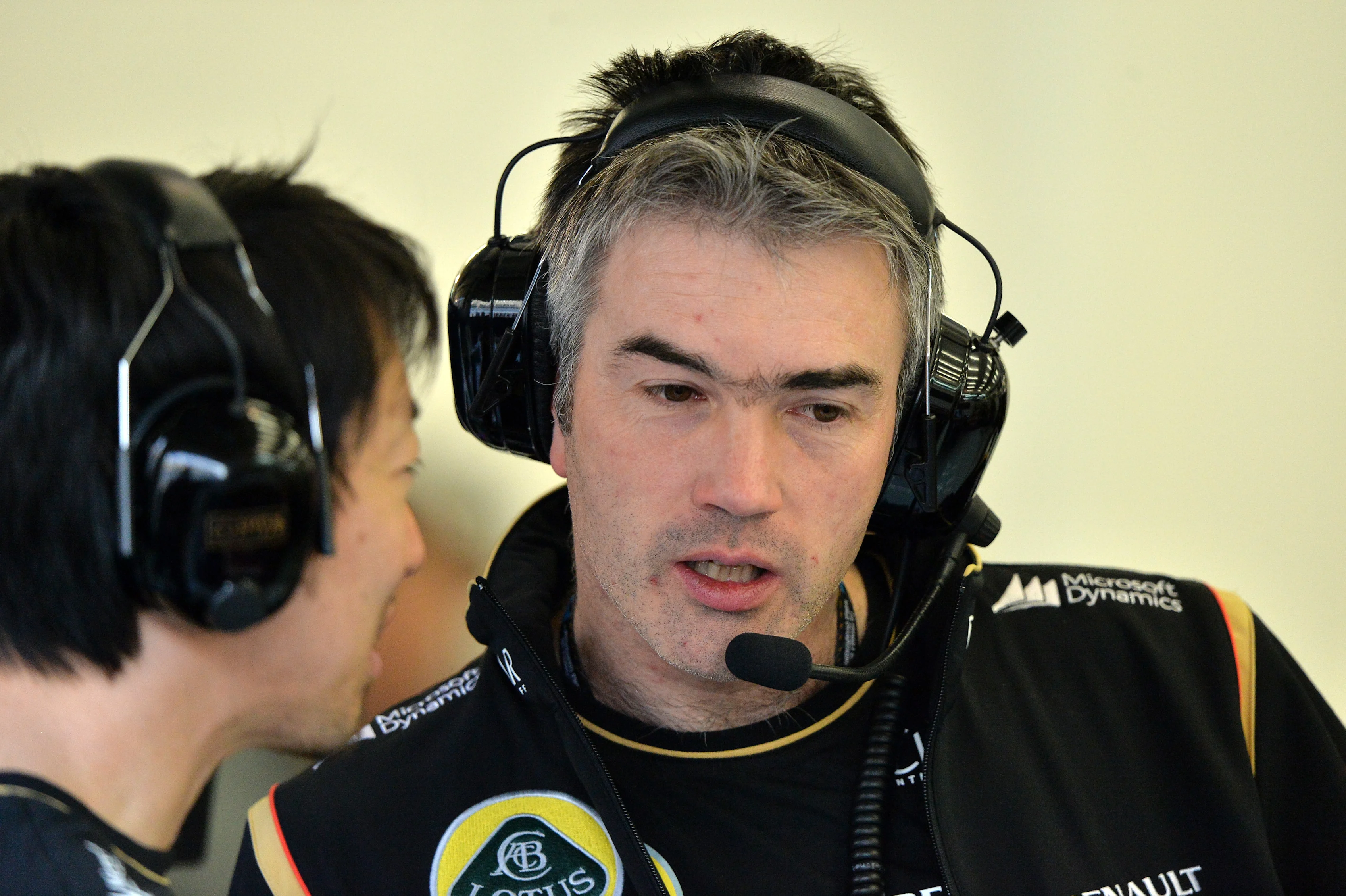
After wins and podiums in 2012 and 2013, Lotus have struggled mightily this season, with reliability issues and a lack of pace leaving them battling just to break into the top ten.
But while progress might not be immediately apparent, technical director Nick Chester insists the team have made great strides with their understanding of what's required in Formula One racing's new era - and is adamant crucial lessons have been learnt for 2015...
Q: It has been a difficult start for Lotus in 2014, starting with pre-season when you missed the first test in Jerez. In hindsight, how much of a hindrance has that proved?
Nick Chester: I think it would have helped with some of the reliability problems. There were some things we found in the second and third tests that we might have found had we been present in the first. So we lost some time there, and that made things tricky. That has been caught up by now, but obviously you've lost some development time because you've been fighting other problems.
Q: You went into the Australian season opener almost treating it like a test. How much progress have you made since?
NC: Well, in all sorts of areas really. We were hurt at the start of the year because of the car being late - plus we had pretty poor reliability, so in Melbourne we were in pretty bad shape. Over the first four races to Barcelona we then improved very heavily, in quite a few areas really. Not really just on the chassis side but also the power unit - the mapping got a lot better and we had quite a lot more power by Barcelona, where the car was performing pretty well. We haven't been happy with where we have been in the races that followed. In Monaco we expected the car to perform quite well and it didn't - we struggled with some of the low-speed corners - and then at places like Montreal and Spielberg, we struggled with the power-sensitivity of those tracks.
Q: So are your performances - your struggles - tied entirely to problems with the power unit?
NC: I suppose not entirely, but much more so than it used to be: with the old V8s everybody had engines that were pretty similar, maybe within 20bhp. It is a lot bigger than that now - you can tell that from looking at the results. Probably this year it is more of a power unit formula than aero, when in the past it has always been aero by some margin. It has turned it around quite a lot. From the top to the bottom of the grid that deficit is probably more aero than it is power unit, but in the middle of the grid the power unit is making quite a big difference.
Q: Just how problematic was it adapting to this year's regulations? For example, cooling has been of paramount importance, but it often comes with an aerodynamic cost…
NC: The new power units are such different systems to cool, so arriving at each circuit having all your temperatures perfect is pretty tricky. We have played with explorations to bring them down a bit, and have run those in some races and not others. We have improved, we have updated our radiators two steps pretty much, but also we are still learning because the pattern of requirements is different to running the V8.
When we are developing cooling, we are also trying to have good downforce, so you are always measuring and looking at what the diffuser is doing, what the overall downforce is, while playing around with cooling measurements. There isn't really a way to duplicate what we had with exhaust blowing, which gave a very decent amount of downforce on throttle. All you can do is put overall downforce on - and that is just normal development.
Q: How does the level of downforce generated in 2014 compare to last year?
NC: It is a little down, but not much. When we started developing for the 2014 regs we were a long way down and then we had a very good build-up theory and we got to a level that we were reasonably pleased with. It is never enough - you always want to put more on the car - but it has improved to a pretty sensible level. If we had exhaust blowing, you would probably be equal, if not better.
Q: Has the loss of exhaust blowing shifted the balance of the car, and therefore the dynamics of driving?
NC: It has, yes. A lot of drivers complain about traction this year, and I think some of that is down to having more torque, and some of it is that the cars have lost exhaust blowing, and I think that is making it harder for the drivers. The rear isn't as pinned on corner exit and it's harder to drive.
Q: What are the biggest limitations to future progress? What areas are you focusing on most for development?
NC: You end up having to work in all areas really. We obviously need the power unit to improve, but we need to improve on the chassis side as well. We have our development plan to push aero as always and we have some fairly aggressive targets there that we want to meet. It is the whole car. The margins are pretty fine: when you're missing out on Q3 by a few tenths, you don't need to do much to start getting through and then scoring points. It is all pretty fine, so you have to chase everything really.
Q: How happy are you with your brake-by-wire system? Is that an area your car is sensitive to?
NC: A lot of work went into developing it. We had a few problems early on - it has been fairly reliable, but the problems were with tuning it, particularly how it worked with the power unit. After Melbourne it has behaved pretty well. There are still some areas we want to improve on it - I'm sure that's the same for the other teams - but generally it works pretty well. In terms of the bias you want to run, we just run a map of what we want and drivers can select maps on the steering wheel.
Q: You've stuck with the twin tusk nose this season, despite no other team opting for a similar design. Are you still convinced of its benefit?
NC: Even back in May last year we knew the twin tusk looked a pretty good solution, and we were doing a lot of development runs in the tunnel at the point, effectively because it was a bit of a risk - I wouldn't say it stretches the regulations but we talked to the FIA very early to make sure it was legal. Then we knew we had a very long test crash programme to make it work, and that gave us enough time to develop the car in conjunction with the concept.
Q: Does that mean you might suffer next year with the nose regulation changes - or could you stick with it?
NC: No. The way the nose structure rules are written, it would be very hard to do. By the time you had legalised it, you would ruin the way it works. I don't think [that will hurt Lotus] though. It is actually easier to design a more conventional low nose, so going that route it's easier to pass the crash test.
Q: Could you therefore switch to a more ‘conventional' nose design this year, as a trial for 2015?
NC: There's not really a benefit because all the work we have done in the tunnel says we would lose downforce by doing it. The only reason we might is to get a read on that layout early, so you could be tempted to run it on a Friday say just to get some information for next year - but it is likely to just give away performance this year.
Q: How much of next year's car do you already have mapped out?
NC: We have got schemes, but there are still a lot of iterations to run through. I think the power unit will differ in the cooling area - we are used to our solutions but we have seen what others are doing and of course we weigh that up. We are trying to make sure we get the most efficient cooling on the car because that really defines the whole chassis, so it is quite a big deal.
Q: How confident are you that lessons have been learnt and that Lotus won't suffer similar problems in 2015?
NC: Oh, pretty confident. We had an awful lot of unknowns coming into 2014. There were some things we were really worried about that turned out not to be problems, and then some things we hadn't expected at all. So there was an awful lot of learning, and the early testing was really hard work, the hardest we have had with a new car since I have been at Enstone. There were whole systems on the car that we just had very little of experience of. But we learnt an awful lot from it.
Next Up
Related Articles
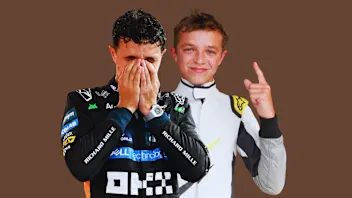 ExclusiveHow Norris made his school teachers ‘enormously proud’
ExclusiveHow Norris made his school teachers ‘enormously proud’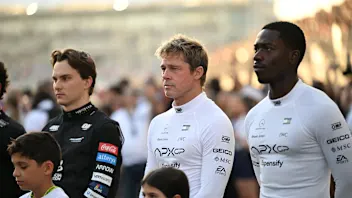 ExclusiveHow APXGP was brought to life by costume designer Julian Day
ExclusiveHow APXGP was brought to life by costume designer Julian Day Beyond The GridThe best of 2025, from Norris’ evolution to Brad Pitt’s ‘need for speed’
Beyond The GridThe best of 2025, from Norris’ evolution to Brad Pitt’s ‘need for speed’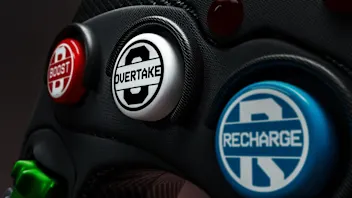 EXPLAINED: The key terms for F1’s new-for-2026 rules
EXPLAINED: The key terms for F1’s new-for-2026 rules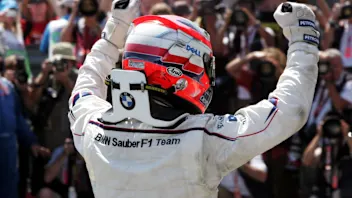 Tremayne'Why I’ll always have a soft spot for Sauber'
Tremayne'Why I’ll always have a soft spot for Sauber'.webp) Winners & Losers5 Winners and 5 Losers from the 2025 season
Winners & Losers5 Winners and 5 Losers from the 2025 season